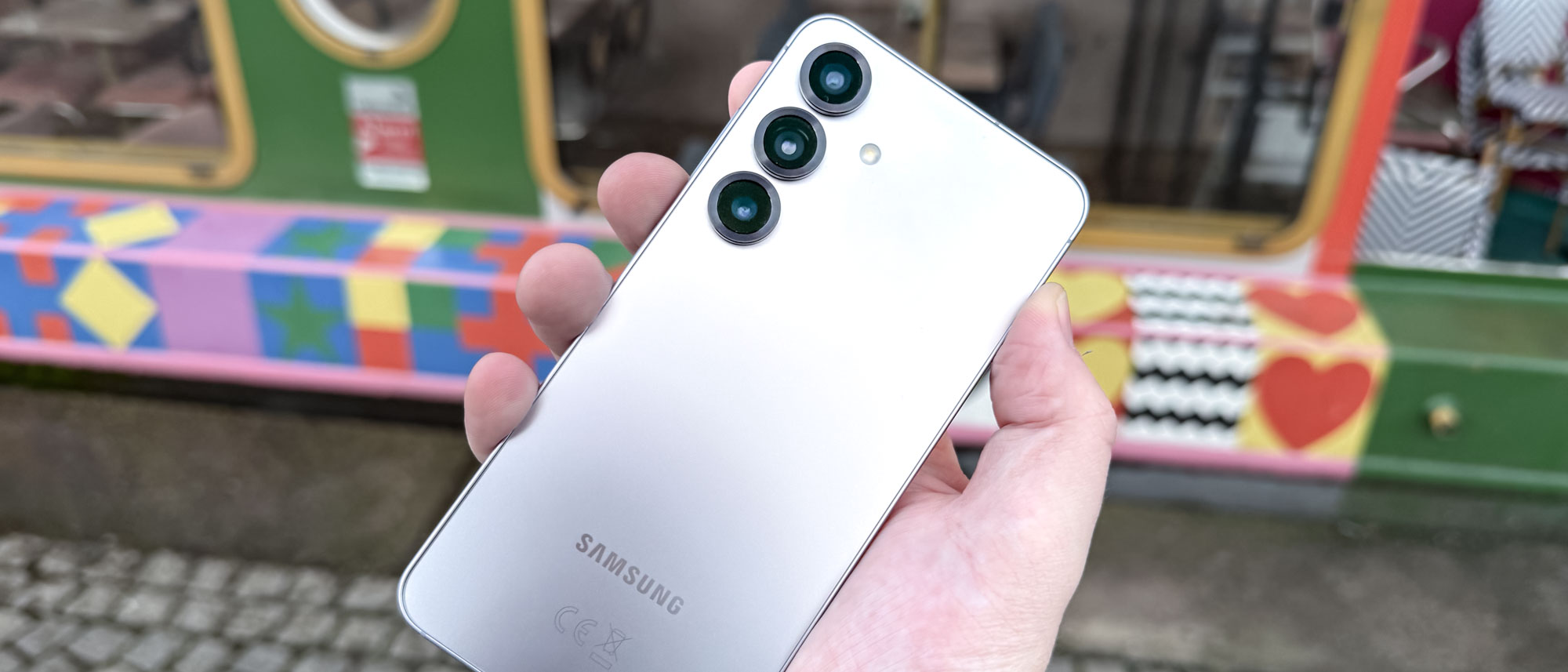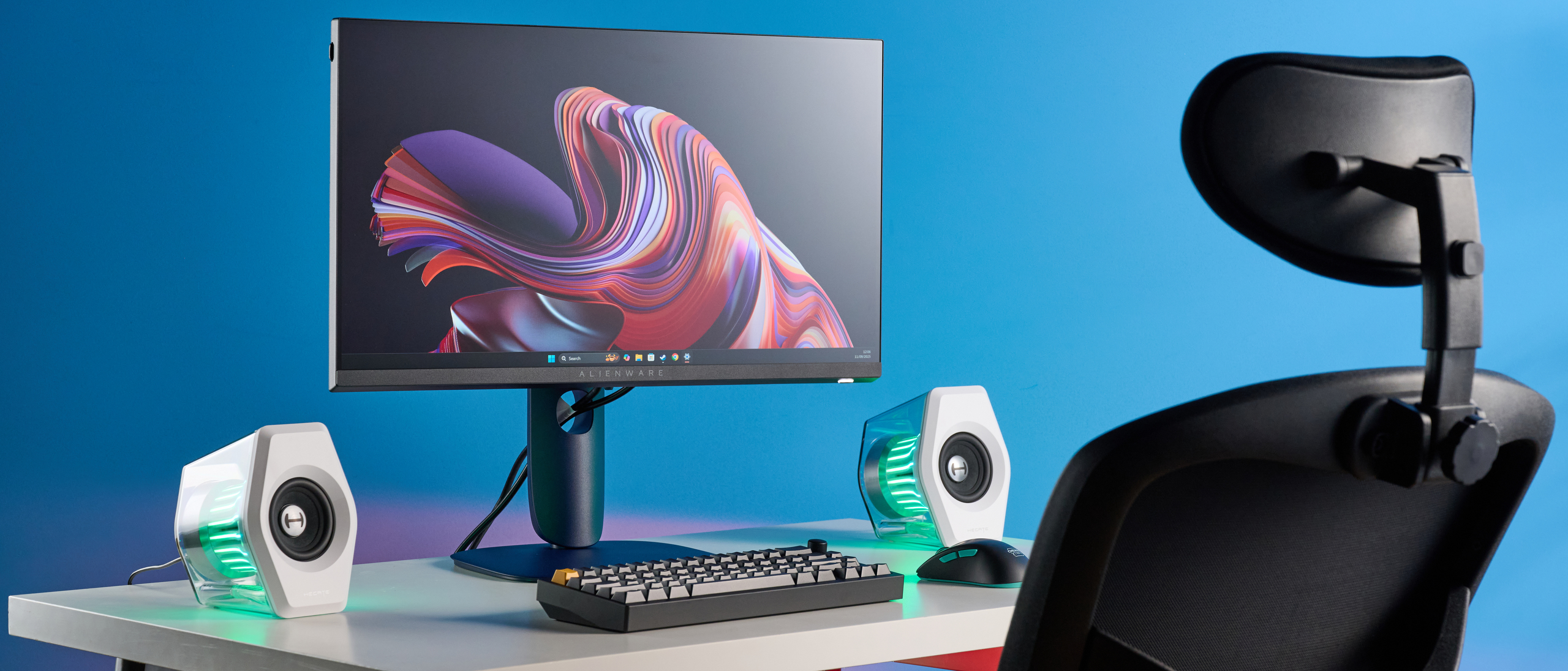Tom's Guide Verdict
Other than an updated chip, new aluminum around the edges and fresh colors, there's not much separating the Galaxy S25 from the Galaxys that came before it physically. All the value instead comes from the genuinely useful AI features Samsung has added and augmented since Galaxy AI debuted last year, with a nice performance and power efficiency bonus helping round things out. The S25's photo processing style has been refined too, showing Samsung's learning from its competitors while still trying to do its own thing with the rest of the phone's software.
Pros
- +
Improved and new AI features everywhere
- +
Even better battery life
- +
Cameras produce more grounded photos
- +
Price still undercuts key competitors
- +
Overclocked Snapdragon chips worldwide
Cons
- -
Limited hardware upgrades from Galaxy S24
- -
3x telephoto camera outdated for a pro-grade flagship
Why you can trust Tom's Guide
I don't think the Samsung Galaxy S25 cares that it's arrived in 2025 with hardware dating from last generation or even older. It's here with a single goal, and that's to build on the Galaxy S24's big AI push by backing up the hype around the tech world's biggest talking point with features any user could find useful. And there it really manages to shine.
The Galaxy S25 Ultra will remain the jewel in Samsung's non-folding smartphone crown, but the Galaxy S25 and the Galaxy S25 Plus that share much in common, may be the smarter purchase for most people. The new generation of Galaxy AI features, combined with possibly the best chipset of the year, make the S25 more powerful and simpler to use at the same time. Even some of the familiar parts of the Galaxy S experience feel new again when supercharged by new AI tools or the strong but efficient silicon running things.
By offering a pro phone experience like the Google Pixel 9 Pro or iPhone 16 Pro, but keeping its price at the level of the base Pixel 9 or iPhone 16, Samsung's made it hard not to just endlessly praise its new standard flagship in this Galaxy S25 review. But there are still important caveats to point out, even as I happily recommend this phone for anyone looking for a smart, well-balanced experience.
Samsung Galaxy S25 review: Security
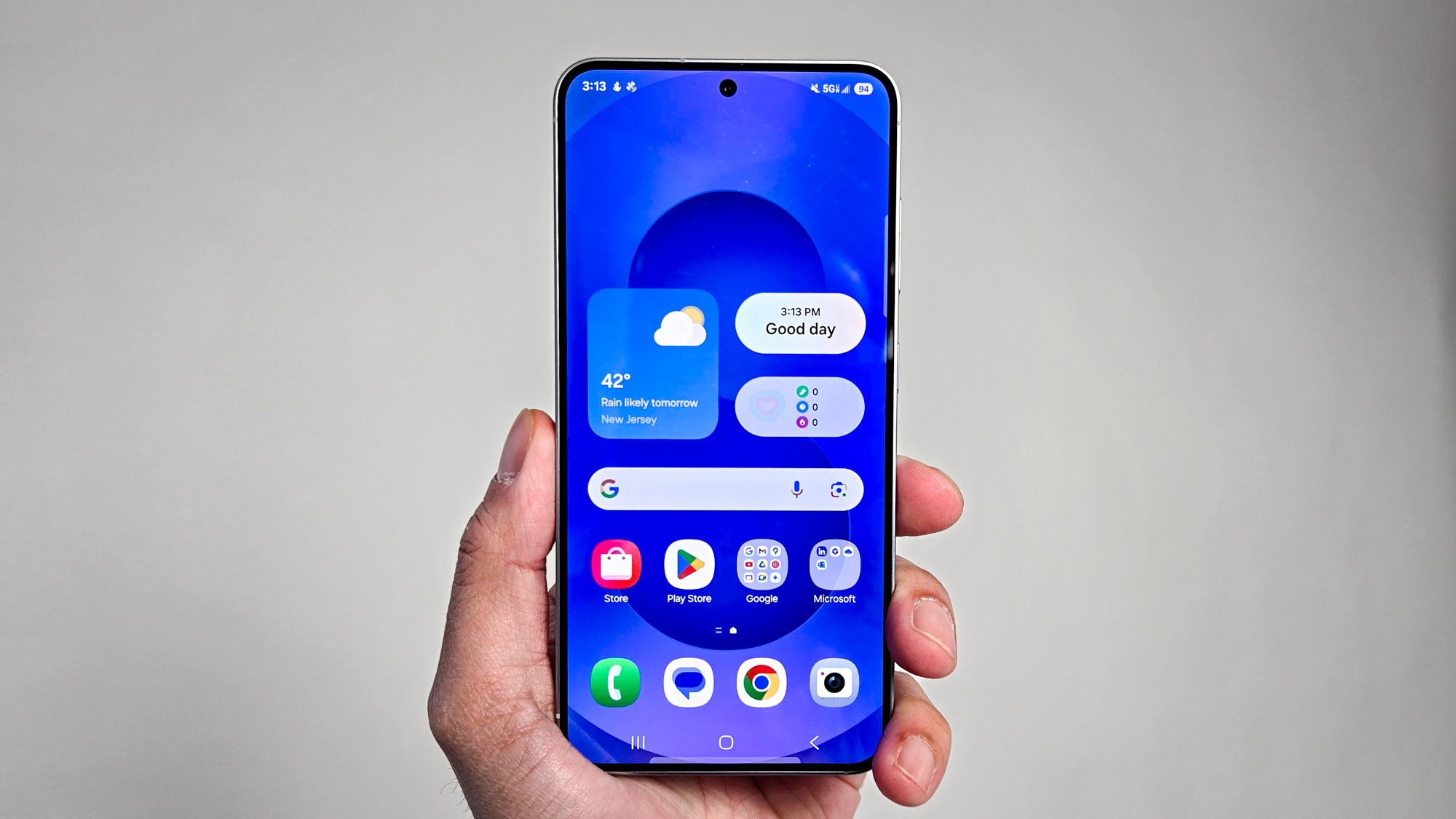
While there's a lot of features with the Galaxy 25, one thing that a lot people often overlook is security. Specifically, how secure is Bluetooth pairing with the Galaxy S25. It's something many of us take for granted, but rest assured, you have very little to worry about here.
That's because the Galaxy S25 features Bluetooth v5.4, an iterative update to the standard that offers improved efficiency, enhanced security, and most importantly, the data transmitted is encrypted. This is important for a number of reasons, but it simply means that authorized devices that have been paired with the Galaxy S25 can read the information that's being broadcasted.
In layman's terms, the data that's being transmitted requires both devices to have the correct codes to read the encrypted information. Not only does this protect the data, but it also prevents tampering as well. Most of the interactions you'll likely have using Bluetooth with the Galaxy S25 is pairing it to another device, like one of the best wireless keyboards around or best wireless earbuds, but the encryption with Bluetooth 5.4 ensures that all your interactions will be safer.
Samsung Galaxy S25 review: Specs
| Row 0 - Cell 0 | Samsung Galaxy S25 |
Starting price | $799/£799/AU$1,399 |
Display | 6.2-inch FHD+ AMOLED |
Refresh rate | 120Hz adaptive |
Rear cameras | 50MP main (f/1.8), 12MP ultrawide (f/2.2), 10MP 3x telephoto (f/2.4) |
Front cameras | 12MP selfie (f/2.2) |
Chipset | Snapdragon 8 Elite for Galaxy |
RAM | 12GB |
Storage | 128GB, 256GB, 512GB |
Battery/battery test result (hrs:mins) | 4,000 mAh / 15:43 |
Charging | 25W wired, 15W wireless |
Operating system | Android 15 with One UI 7 |
Water/dust resistance | IP68 |
Size | 5.78 x 2.77 x 0.28 inches / 146.9 x 70.5 x 7.2 mm |
Weight | 5.71 ounces / 162 grams |
Colors (Samsung Store exclusive) | Navy, Icyblue, Mint, Silver Shadow, Blueblack, Coralred, and Pinkgold |
Samsung Galaxy S25 review Price and availability
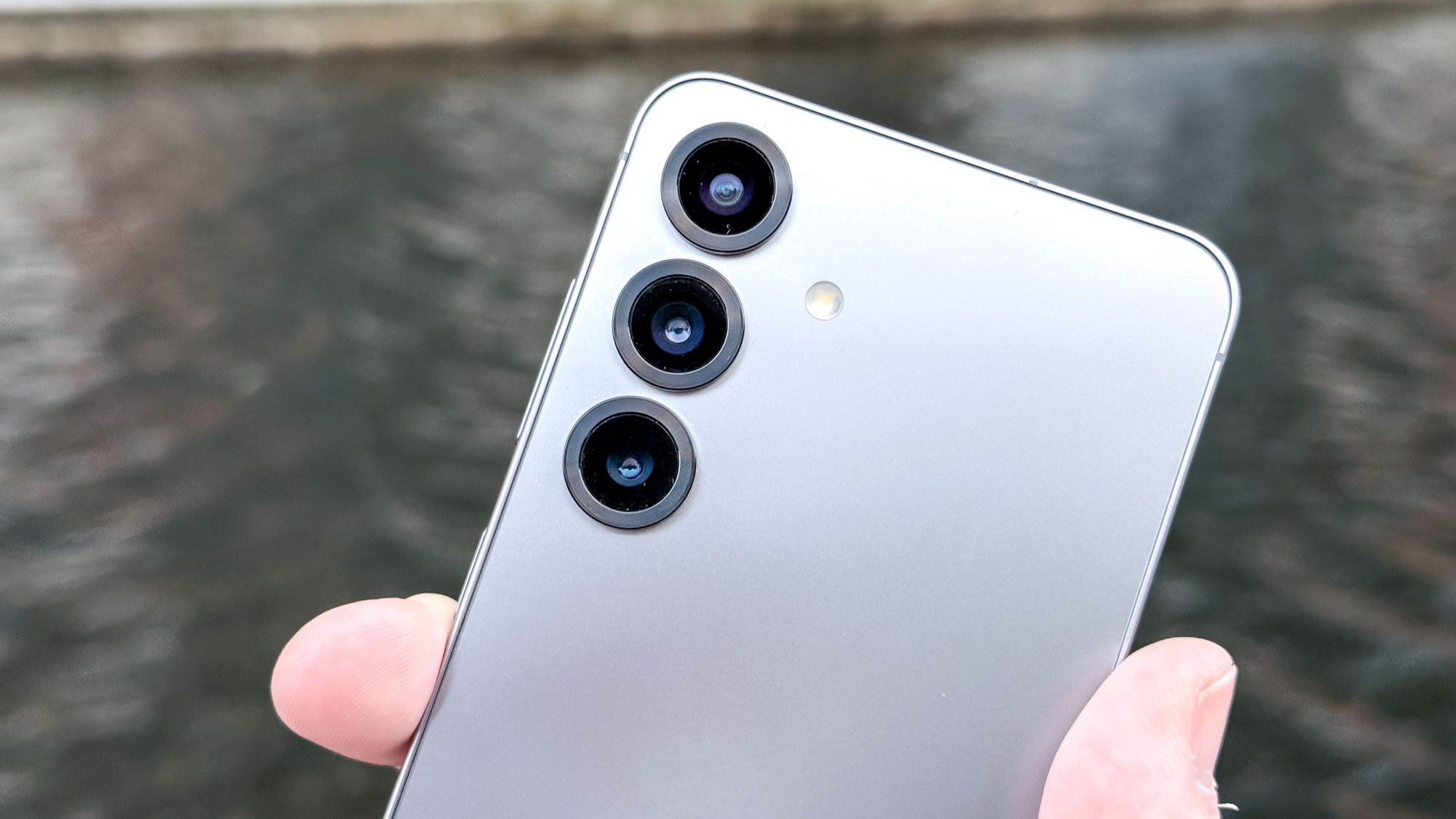
You'll find the Galaxy S25 on sale from $799/£799 for the standard 128GB edition, or AU$1,399 in Australia, where the 256GB model is the cheapest available version. Those prices are all the same as last year, which is always nice to see but also means the latest base Galaxy S remains the same price as a basic iPhone 16, and $200 less than the equivalent iPhone 16 Pro. Similarly, comparing the price to Google's latest reveals an identical price to the standard Pixel, and a $200 advantage over the cost of a Pixel 9 Pro.
Get instant access to breaking news, the hottest reviews, great deals and helpful tips.
The whole Galaxy S25 series is up for pre-orders until February 7th, at which point the phones go on open sale.
Samsung Galaxy S25 review: Design

The Galaxy S25 is a little thinner and lighter than the Galaxy S24 it's replacing. But with its flat sides, flat screen and three individual cameras hanging out on the back panel, you can clearly see the resemblance to last year's model, or 2023's Galaxy S23 which debuted Samsung's current design language.
Enhanced Armor Aluminum 2 now protects the Galaxy S25's sides, which is apparently stronger than the standard Armor Aluminum of Galaxys past, but Samsung hasn't shared any figures on exactly how much better it is. The other key durability specs — Gorilla Glass Victus 2 on the back and front and an IP68 dust/water resistance rating — are the same as last year.
It's up to you whether you want the Galaxy S25 in Icyblue, Navy, Silver Shadow (the color of my review unit) or Mint. If that's not enough choice for you, Blueblack, Coralred and Pinkgold are also options if you buy the phone directly from Samsung.
Samsung Galaxy S25 review: Display
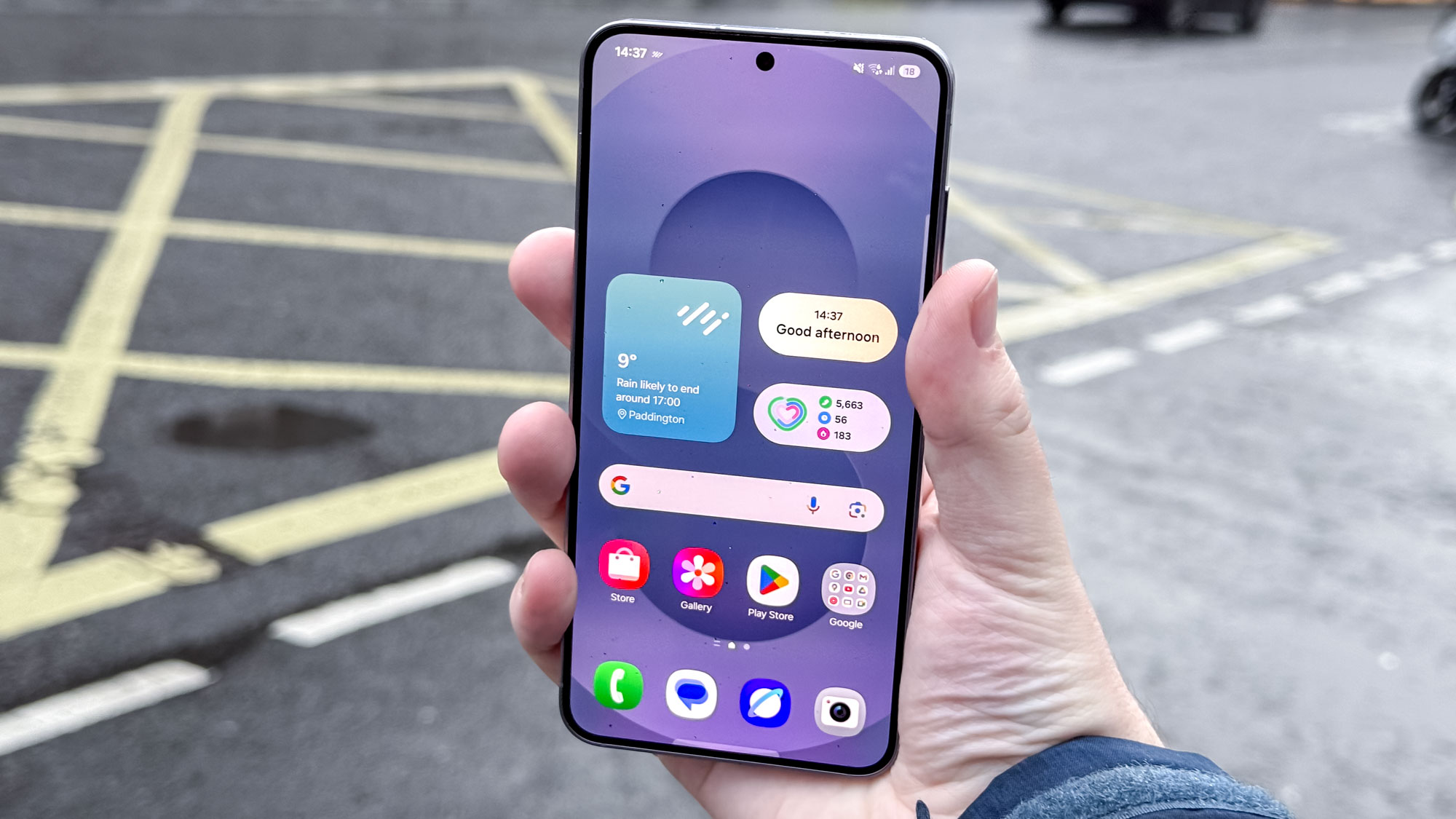
I've been hoping that our display testing would reveal some upgrades between the Galaxy S25's screen and previous models, since the S25 uses the same 6.2-inch FHD AMOLED with a 120Hz refresh rate as the Galaxy S24, even down to the rated 2,600 nits of peak brightness.
| Row 0 - Cell 0 | Samsung Galaxy S25 (Vivid/Natural color profile) | Google Pixel 9 Pro | iPhone 16 Pro | Samsung Galaxy S24 (Vivid/Natural color profile) |
Peak brightness (nits) | 1,789 | 1,938 | 1,510 | 1, 416 |
DCI-P3 color gamut coverage (%) | 108.2 / 91.7 | 86/76.7 | 80.4 | 85.5/97.4 |
Delta-E color accuracy (lower is better) | 0.25 / 0.31 | 0.24/0.29 | 0.24 | 0.24/0.22 |
Fortunately for Samsung, the display still holds up even on the Galaxy S25. It's brighter than the iPhone 16 Pro, and offers much more color coverage than the iPhone or the Pixel 9 Pro, albeit at the cost of color accuracy. It's odd to see the DCI-P3 color gamut coverage decrease from the Galaxy S24 in Natural color mode though, while also getting a worse Delta-E score at the same time.
Show display FAQs
Samsung Galaxy S25: Display FAQs
- How good is the Galaxy S25 display for gaming visuals? It's more than perfect to handle graphically intensive titles because of the screen's potent brightness, smooth refresh rate, and the phone's hardware-accelerated ray tracing. Likewise, we recommend enabling some of the Game Booster settings, like ensuring that 120Hz motion smoothness is turned on and setting the game optimization to balanced.
- Does the S25 screen come with any kind of screen protector pre-installed? No. However, the AMOLED panel is covered by Corning Gorilla Glass Victus 2, but you'll need to buy a separate screen protector if you want to further minimize scratches and other damages to the screen.
- Can I fully customize the Galaxy S25’s lock screen and always-on display? You can customize both by going into the 'Lock screen and AOD' settings on the phone, which lets you show the lock screen wallpaper, show the Now Bar, and even the option to always the clock and notifications.
- How does the S25 display handle direct sunlight? Thanks to its peak brightness output of 1,789 nits, the Galaxy S25 handles direct sunlight with ease. Usually anything above 1,000 nits makes a screen visible, but the higher it is, the better it becomes.
- Is the Galaxy S25’s display noticeably better than budget phones for casual users? There's noticeable differences between the Galaxy S25's display versus most budget phones. The Dynamic AMOLED 2X of the Galaxy S25 offers superior clarity thanks to its high contrast, wide viewing angles, and rich colors. It reproduces the color black perfectly, whereas it can appear milky in tone on other budget phones.
- How does the Galaxy S25 display compare to the iPhone 15 Pro's screen?Even though they're priced differently, the Galaxy S25's display is superior to the iPhone 15 Pro's display in a number of ways. First of all, it's brighter at 1,789 nits — versus the iPhone 15 Pro's 1,550-nit brightness. Secondly, it has a larger 6.2-inch display against the iPhone's 6.1-inch one. And finally, it has a small cutout for its selfie camera, while the iPhone 15 Pro has a wider cutout due to its Dynamic Island.
Samsung Galaxy S25 review: Cameras

The Galaxy S25's camera selection, which it shares with the Galaxy S25 Plus, consists of a 50MP main camera, 12MP ultrawide camera and 10MP 3x telephoto camera, joined by a 12MP front camera too. These are the same sensors as the S24 uses, but Samsung claims that the S25 boats improved low-light images and an updated ProVisual Engine to get better photos out of otherwise identical hardware.
So let's check what's changed, using the iPhone 16 Pro Max and Google Pixel 9 Pro XL (subbing in for the smaller but identically-equipped iPhone 16 Pro and Pixel 9 Pro) as well as the Galaxy S24.
Comparing the Galaxy S25 with its predecessor makes one thing quite obvious: Samsung's radically changed the way it processes photos. Gone are the days of super-saturated, almost cartoonish coloring and in are more realistic tones, as we see in this shot of Paddington Central.
Now it's other phones, like the iPhone 16 Pro Max, that exaggerate highly-colored objects in frame, like the lights in this dot-matrix display.
It's now very close to how the Pixel 9 Pro XL portrays its shots. That can mean some photos come out unappealingly gray (my own fault for living in dreary Britain) but at least the Galaxy S25 is now more honest about what it shows through its lens.
That said, night shots are still a little bit more lively on the Galaxy S25 than on its competitors, as we see here in this photo of the brightly-lit Victoria Palace Theatre.
It's less obvious what's changed on the Galaxy S25's ultrawide camera, even against the Galaxy S24. It's here that the S25 lags behind the competition most, with rival phones now using much higher-resolution sensors for their ultrawide cameras. But you can still get nice shots with it, as this brightly-colored canal barge photo shows.
Now all of the Galaxy S25's compact flagship rivals have moved to 5x zoom telephoto cameras, its 3x camera looks a little outclassed. As well as not reaching as far, its colors are rather drab, even compared to the more sensible colors of the photos we've already seen.
I really like how Samsung's new color science works with selfie shots. There's so much more detail in the Galaxy S25's image compared to the Galaxy S24's, and my skin, hair and clothing looks a lot more like they actually do in real life.
This sample against the Pixel 9 Pro XL again shows Samsung's leaning towards Google's style. But Samsung still does the portrait effect more cleanly, accurately placing the effect around my glasses rather than lumping parts of it in with the background.
In video, the Galaxy S25 produces what looks to be a slightly shakier clip of a busy Paddington junction compared to the iPhone 16 Pro Max. But it's got a better dynamic range, which helps us make out the headlights of the cars more effectively.
Video on the Galaxy S25 maxes out again at 8K resolution at 30fps. But a new addition to a potential Galaxy videographer's arsenal is Samsung Log, a new recording format for easy color-correction and exposure control during editing. You can apply a color profile quickly on-device, but since Galaxy Log files are very large, taking up about three times as much room as a regular video, this isn't a format you'll want to use for everyday shooting.
Samsung Galaxy S25 review: Audio
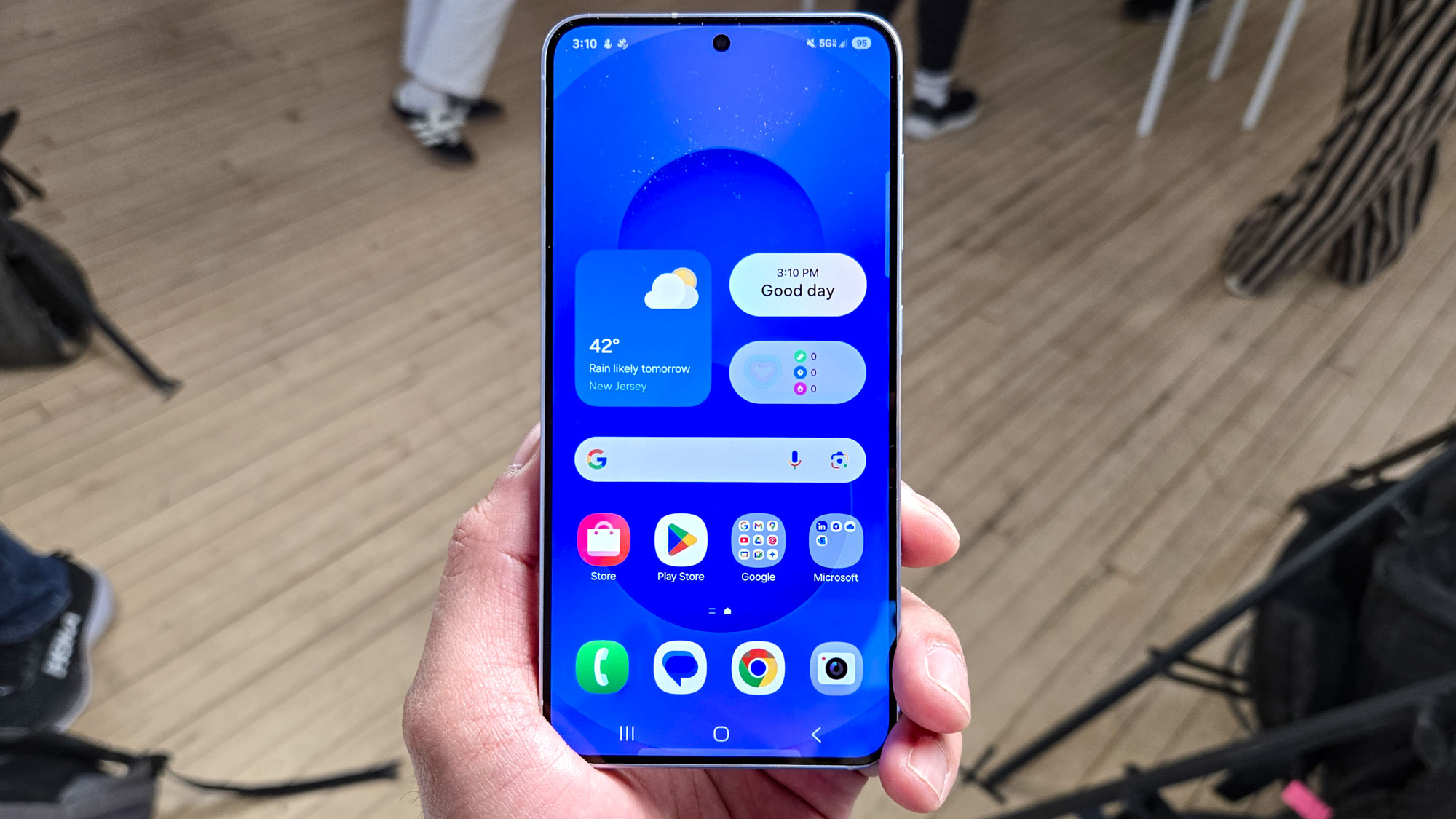
- Adapt Sound lets create custom sound profiles
- Equalizer adjustment adjusts the speaker's performance
- Stable Bluetooth connection for wireless audio
Phone calls are handled nicely with the Galaxy S25, producing strong tones that don't voices at all. In noisier conditions, however, it can still be a challenge to hear callers. For other purposes, such as watching videos or gaming, the S25's audio performance is superb. Even at the loudest setting, it doesn't distort.
When it comes to music listening, you can't go wrong with a pair of wireless headphones because Bluetooth connectivity can still deliver high-quality results — especially if you create a custom sound profile with Adapt Sound. The entire Galaxy S25 lineup supports a variety of codecs, like SBC, AAC, LDAC, and Samsung Seamless Codec for Bluetooth playback.
However, you should know that you technically can't stream lossless audio over Bluetooth. That's because with Bluetooth connectivity, the audio is always compressed to some degree, so your best bet for streaming lossless audio is through a wired connection with its USB-C port.
There are plenty of options to choose from amongst the best headphones out there, but one of our picks would be the Sony WH-1000XM5. You'll still get high-quality audio through its wireless Bluetooth connection, but you can use the included 3.5mm cable with a USB-C adapter to stream lossless audio.
Samsung Galaxy S25 review: Performance
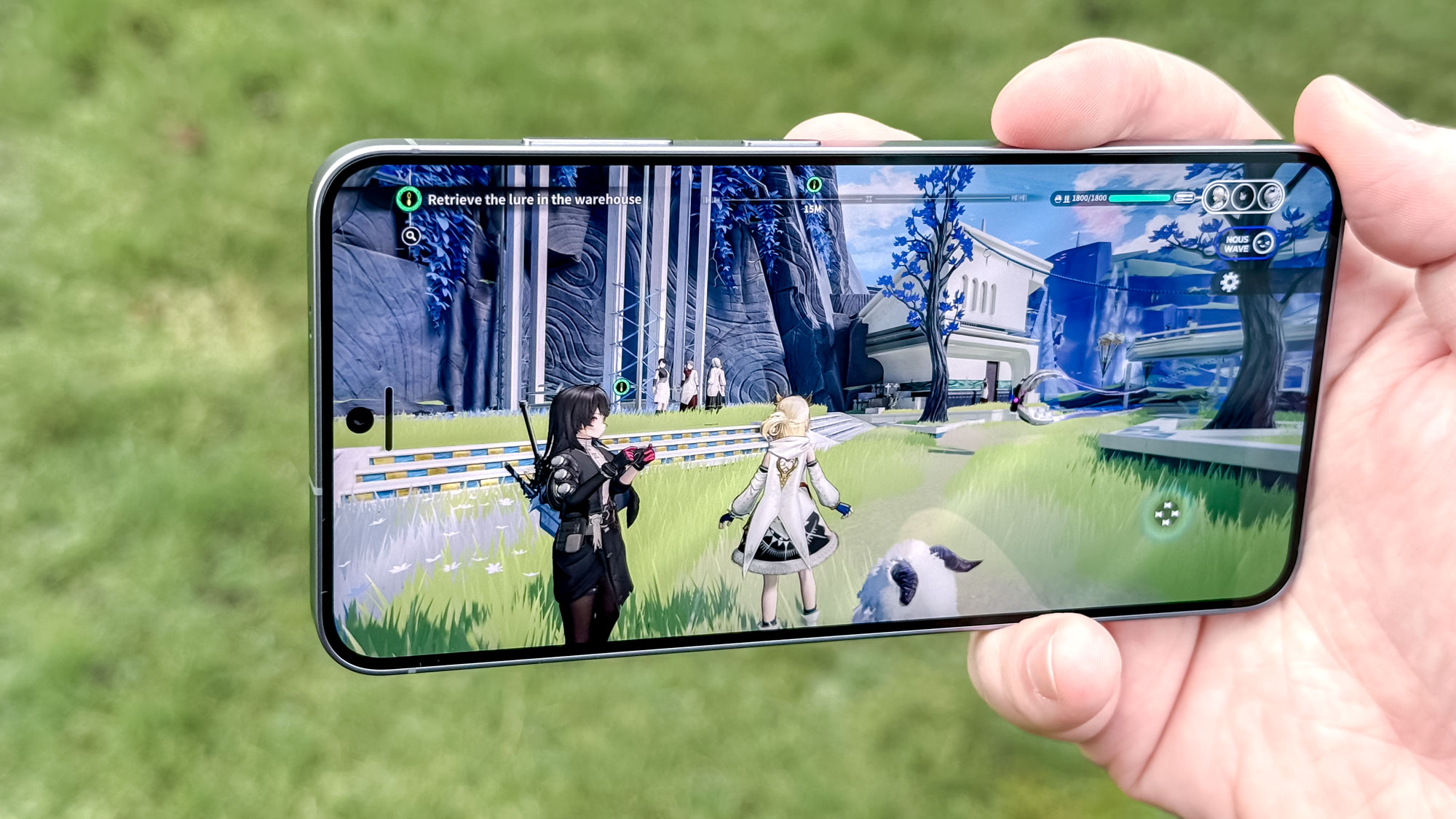
Instead of settling for a standard Snapdragon 8 Elite chip like other top Android phones, Samsung's managed to get a special "For Galaxy" edition of the chip that increases the performance of the already impressive silicon. The results below show the impact that Samsung's deal with Qualcomm has had, offering scores in line with, or even ahead of, the A18 Pro chip in the iPhone 16 Pro and the tuned-up Snapdragon 8 Elite used by the Asus ROG Phone 9 Pro, currently the most powerful Android phone we've tested.
| Row 0 - Cell 0 | Galaxy S25 | Google Pixel 9 Pro | iPhone 16 Pro | Asus ROG Phone 9 Pro |
Chipset | Snapdragon 8 Elite for Galaxy | Google Tensor G4 | Apple A18 Pro | Snapdragon 8 Elite (with ROG X Mode active) |
Geekbench 6 (single-core/multi-core) | 2,916 / 9,886 | 1,948 / 4,794 | 3,400 / 8,391 | 3,207 / 10,227 |
3DMark Wild Life Extreme Unlimited (score/fps) | 5,841 / 33.9 | 2,567 / 15.38 | 3,840 / 23.03 | 5,906 / 35.36 |
3DMark Steel Nomad Light Unlimited (score/fps) | 2,304 / 17.07 | 1,044 / 7.74 | 1,582 / 11.7 | 2,144 / 15.88 |
Adobe Premiere Rush time to transcode (mins:secs) | 0:53 | No result | 0:21 | 0:54 |
On top of the new silicon, Samsung's improved cooling on the Galaxy S25 with a larger vapor chamber and a new TIM (thermal interface material) layer for better heat transfer. While playing Ex Astris at maximum settings, the game ran smoothly at all times, although the phone did get rather hot to the touch. This means the heat is being moved away from the chip and preventing potential throttling, but it could be uncomfortable for some users to play on for long periods of time.
Perhaps best of all, the Snapdragon 8 Elite for Galaxy is being used in Galaxy S25 handsets worldwide, rather than markets like the U.K. and Australia getting less potent Exynos chips in previous years. Every Galaxy S25 buyer is getting the same power, wherever they happen to live.
Samsung installed 12GB RAM into the Galaxy S25, up from the 8GB of older basic Galaxy S models, which has likely helped achieve the above performance increases. In terms of storage, the basic spec is 128GB, with 256GB or in some markets a new 512GB option is available too.
Samsung Galaxy S25 review: Battery and charging
With the same 4,000 mAh battery as the Galaxy S24, the Galaxy S25 is reliant on its new chip and software to find more battery life. And fortunately for Samsung that's paid off. The Galaxy S25 lasts 15 hours and 43 minutes in the TG battery rundown test (browsing websites non-stop over a cell connection from 100 - 0%). That's over two hours longer than the Galaxy S24, and compared to the iPhone 16 Pro's 14 hours and 7 minutes and Pixel 9 Pro's 13 hours and 37 minutes.
This is a big pair of wins for the Galaxy S25, especially in the case of the Pixel 9 Pro, which has a 17% larger battery than the Galaxy S25. The S25's score is also good enough to net it a spot on our best phone battery life rankings, just below the Galaxy S24 Plus from last year.
Also in line with the Galaxy S24, the Galaxy S25 can be powered up with 25W fast charging or 15W wireless charging. With one of Samsung's own 25W chargers, the S25 filled to 28% in 15 minutes and to 57% in half an hour in our testing. We've seen faster charging speeds from brands like OnePlus, but it's enough to keep the Galaxy S25 ahead of its main competitors. The iPhone 16 Pro charges a little slower, getting to 56% in half an hour, with the Pixel 9 Pro further behind, reaching 49% in 30 minutes.
Samsung Galaxy S25 review: Galaxy AI
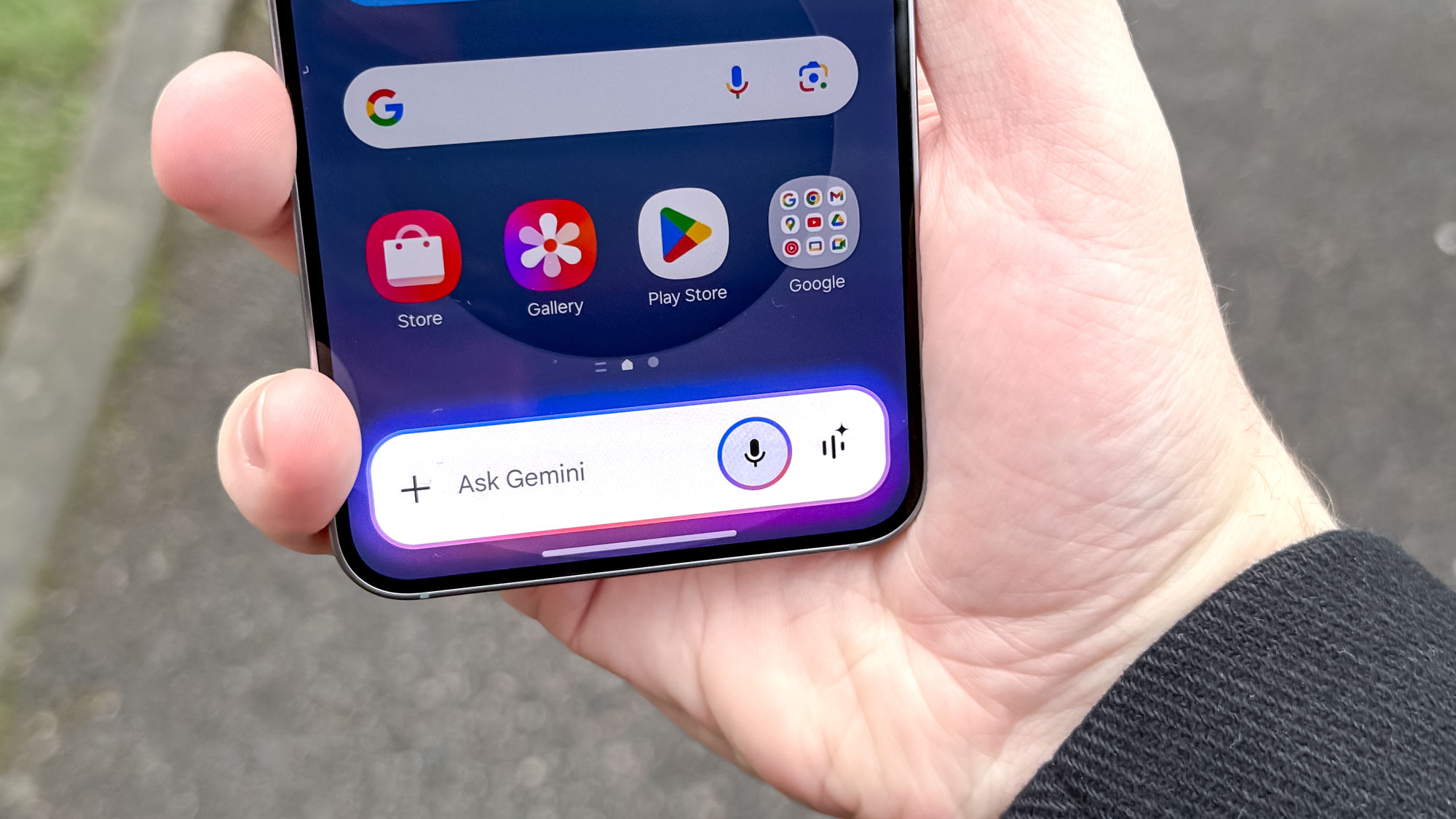
We could be here all day talking about all the possible applications for AI-powered features on the Galaxy S25, and the Personal Data Engine that helps securely personalize them for the user. So I'm going to focus on what is unique and new to the Galaxy S25, separating what Galaxy AI can do from what Google Gemini (and any other phone with it installed) can do.
Discussing Gemini is unavoidable to an extent though, as it is the default assistant for the Galaxy S25 series in place of Samsung's own Bixby. Unlike Gemini on other Android phones though, some of Samsung's own apps work as extensions, rather than just Google's own. That means that if you're invested in Samsung's calendar, notes or reminders apps, you can still control them via Gemini commands.
These work nicely with the Galaxy S25's capability to process and carry out multi-part voice commands across multiple apps, adding calendar events, recommending recipes based on food in a photo, or looking for restaurants for friends with specific dietary requirements before sharing them with said friends.
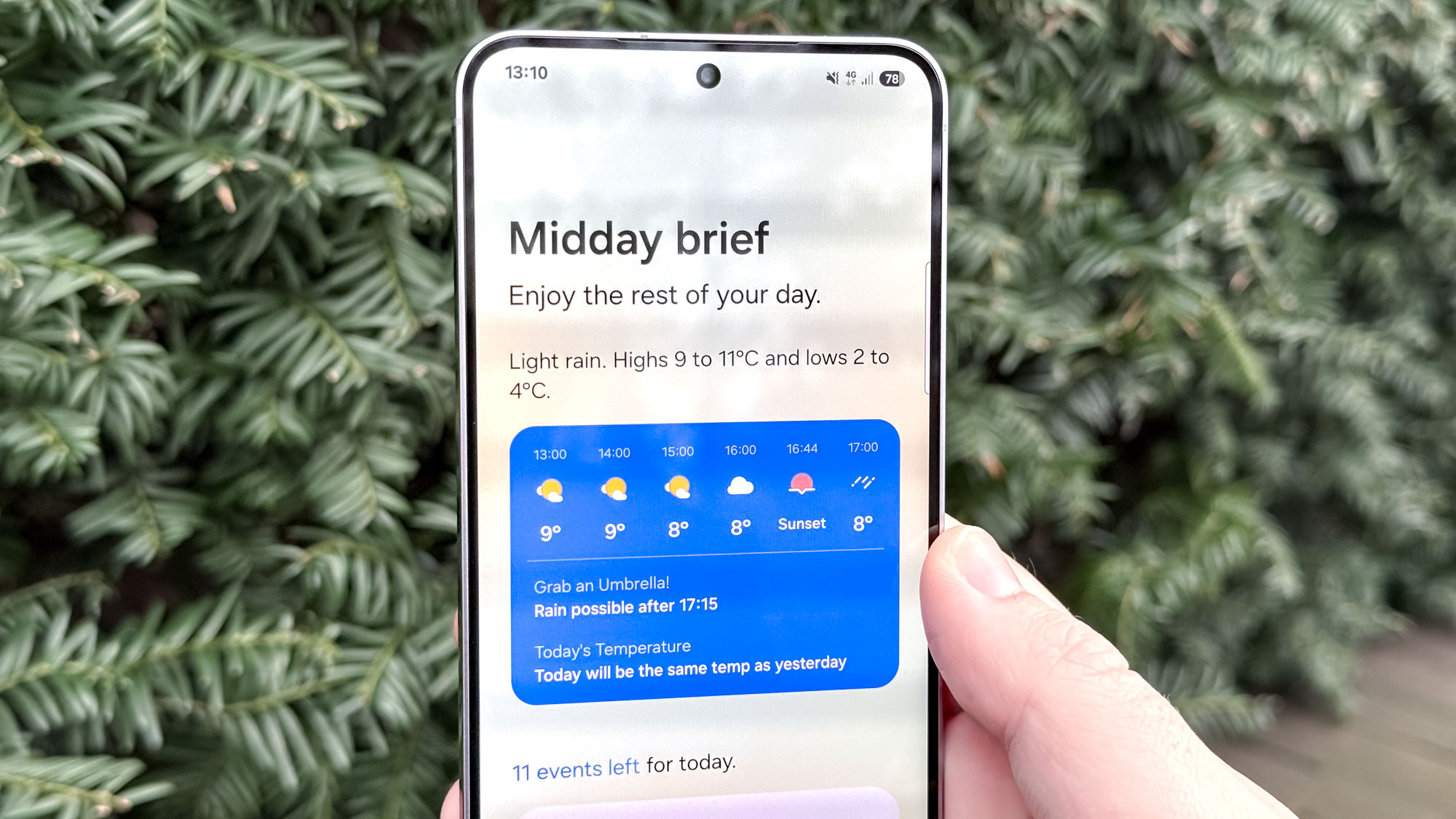
The other big AI addition is Now Brief, which pops up on your lock screen at certain points during the day or lives in a homescreen widget, draws info from various apps and weaves them together with AI to create an easily-digestible report. That included a lot of weather and calendar events in my case, but also how far I'd got to closing my Samsung Health rings on a given day, and recommendations of meditation exercises or a YouTube Shorts shortcut as two different wind-down options as part of the evening report.
You can still get more from these briefings, such as sleep score, news headlines, photos and coupons and tickets, or commuting times. But the quantity and quality of information you get from Now Brief is going to depend on how detailed you make your notes and events, and if you have the necessary wearable or smart home products to feed into the briefing.
There are more small AI-enhanced things to try on the Galaxy S25 too. It's now easier to search for photos in the Gallery app or specific options in Settings with natural language, select specific parts of a screen or video clip and edit and send it with AI select, and videos can now benefit from Audio Eraser to clean up unwanted sound, although it can get a little aggressive and make audio sound unnatural depending on how far you push the sliders.
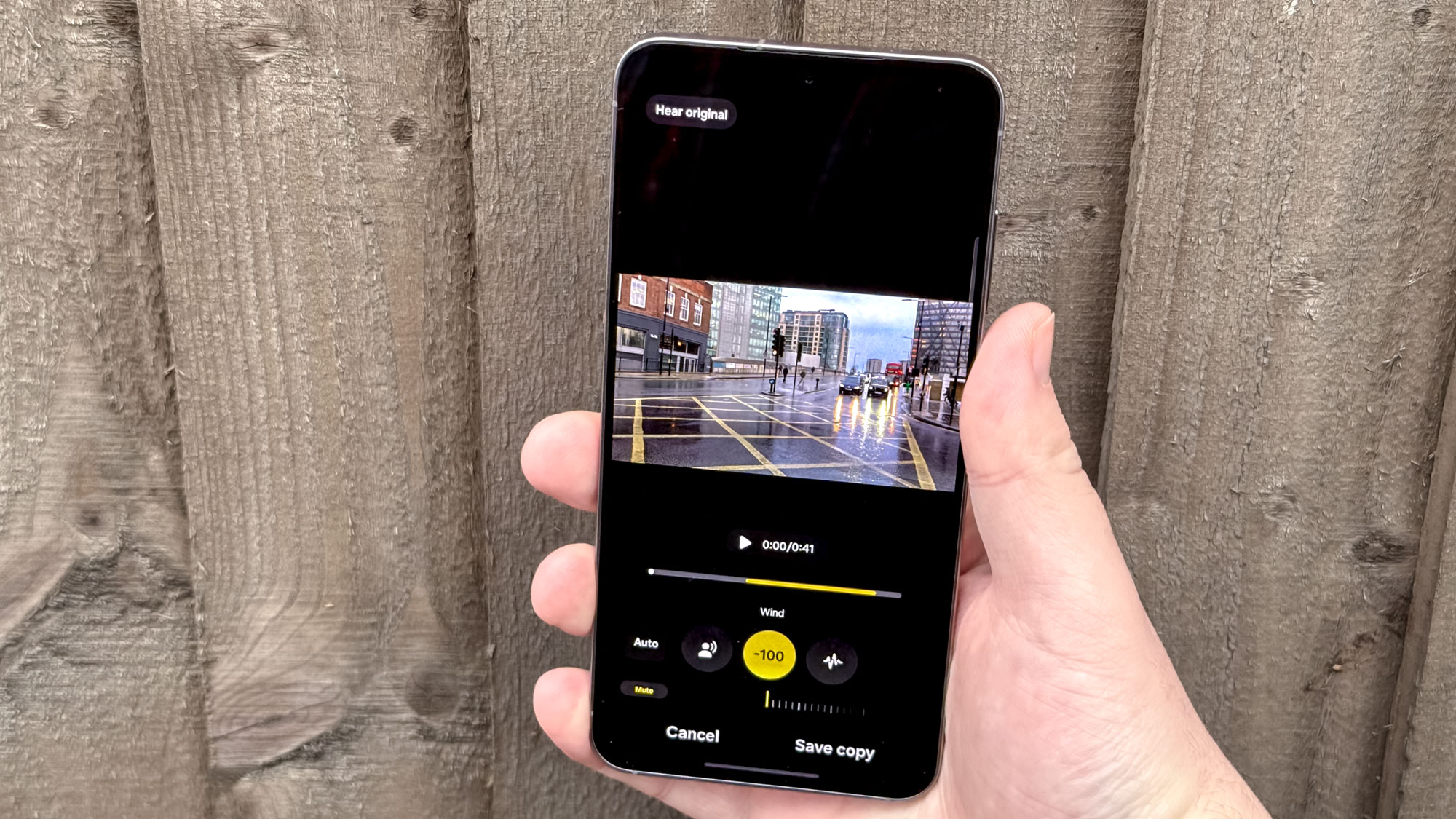
This is all just the new stuff too. Samsung's made smaller improvements to existing tools like generative image edit and object removal, portrait studio and sketch to image/drawing, or the new ability to read article summaries aloud while browsing with Samsung Internet.
Safe to say you're not short of AI tools and toys on the Galaxy S25. And Samsung has also made sure to avoid the issues Apple has had with introducing Apple Intelligence to the iPhone 16 and ensured every announced feature for the Galaxy S25 is available at launch.
Compared to Google's Pixel-exclusive features, Samsung's a little behind in terms of breadth of image-editing tricks, but Samsung is equal if not ahead for productivity tools. No doubt Google's keeping some new Gemini tricks for its own phones that we'll see later in the year, but as it stands, the Galaxy S25 offers everything I want out of AI-focused phones right now minus a Pixel Screenshots-like tool for gathering and indexing the many screengrabs I take.
Samsung Galaxy S25 review: Software
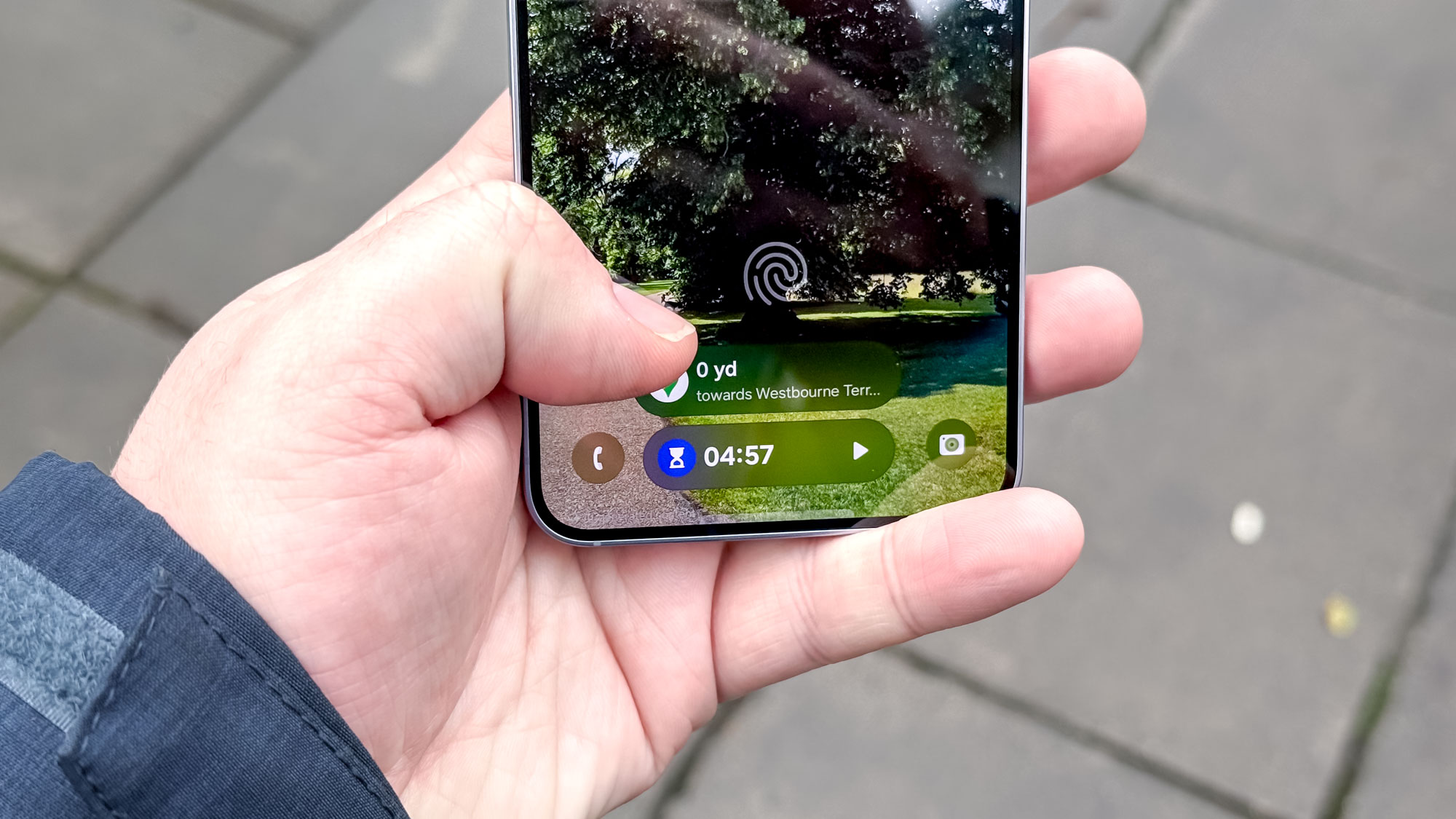
One UI 7, the Android 15-based interface of the Galaxy S25, has more to it than just AI features. There has been a big overhaul, redesigning icons and menus all over the place to produce a smoother and smarter-looking experience.
This includes things like separate notification and quick settings windows, redesigned layouts for default Samsung apps, and the option for larger folders that let you access the apps within directly from the home screen, plus small quality-of-life improvements like the option to group alarms together and enable/disable them all at once. But the most eye-catching change is the new Now Bar.
Living at the bottom-center of your lock screen, the Now Bar appears when ongoing activities like navigation notifications, sports scores or music and video playback are active, offering a speedy way to check or interact.
It's clearly inspired by the iPhone's Dynamic Island and Live Activities, just living at the opposite end of the display. But unlike the Apple version, Samsung's is cleverly designed to make it easy to flick through multiple full-sized widgets all in one spot, whereas Apple's can only show one full-size widget and one minimized one in the Dynamic Island, or as separate cards on the notification screen that you have to scroll through. Samsung may be copying Apple's metaphorical math homework here, but it's corrected one of the equations while it's at it.
Samsung is sticking to seven years of security updates, and seven generations of OS updates for the Galaxy S25 series, meaning this phone will remain secure until the end of January 2032, and should get features all the way up to Android 22 (or whatever Google ends up calling it by then). It's the joint-longest guaranteed software support window alongside what Google offers for its Pixels, so an S25 would be a great pick for anyone wanting to keep their phone going for as long as possible before upgrading again.
Samsung Galaxy S25 review: Verdict
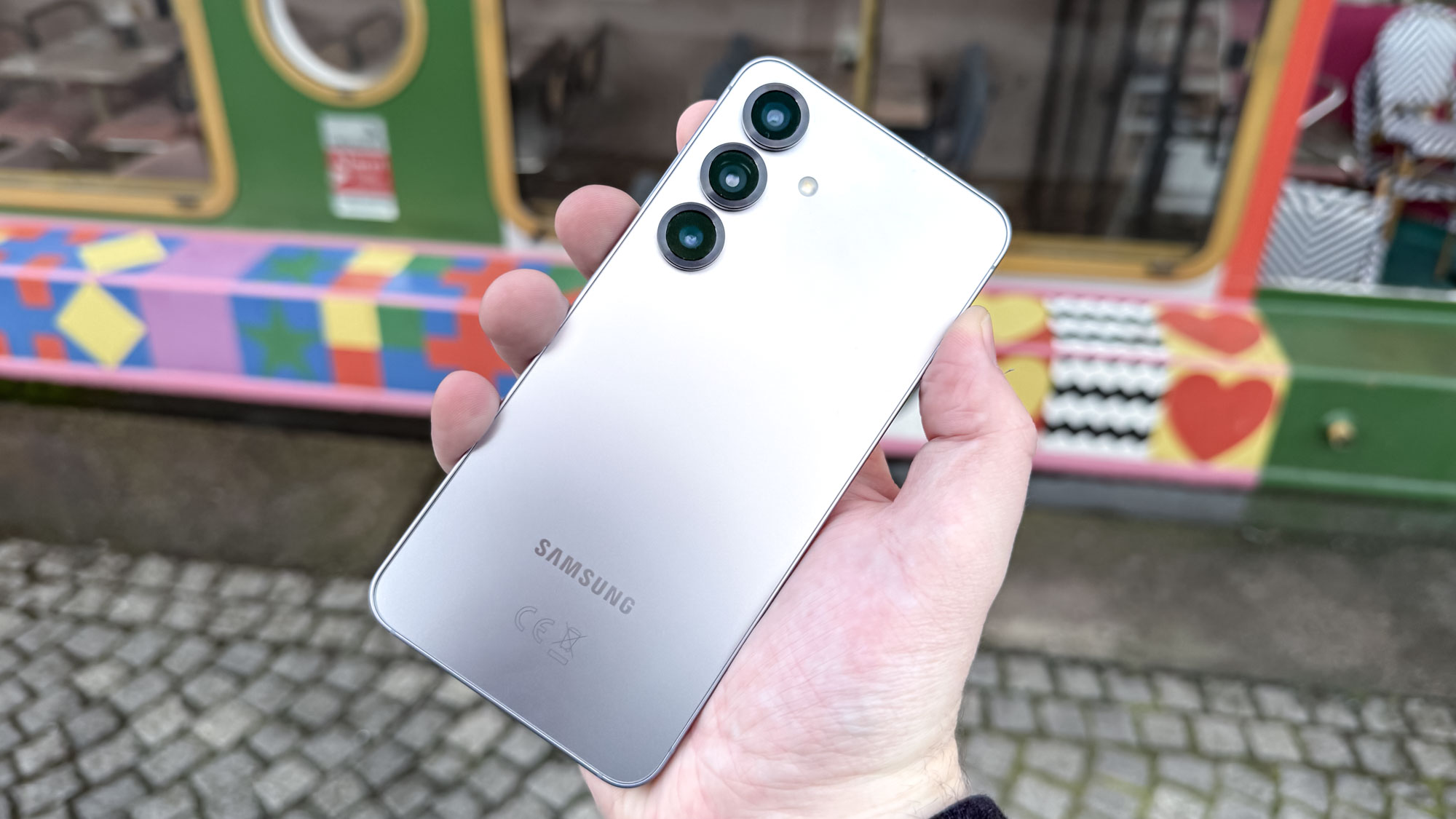
I'll admit I was worried when picking up the Samsung Galaxy S25 that it hadn't changed enough from last year to be even worth considering over the now-discounted Galaxy S24. But even setting the AI and software features aside (since we don't know how or when they'll roll out to other Samsung phones), the performance and battery life boosts alone make this year's upgrade worthwhile. And the more realistic-looking photo processing may tempt back anyone who likes their photos looking more natural than dramatic.
So the ultimate conclusion of this Galaxy S25 review is, yes, this is another great compact flagship from Samsung. But who should buy it?
I don't think it's worth upgrading to from the Galaxy S24, and maybe not from the S23 either unless you're really wanting the top performance and AI experience that Samsung will offer. Even if that's the case, I'd advise holding off on purchasing for a few months, to see if future software updates add certain S25-exclusive features to older Galaxy S models.
While we've not done full testing on the Galaxy S25 Plus yet, we'd imagine the S25 still provides the best experience for most people, even if the larger display and battery are tempting in spite of the higher price. The Ultra is in a class of its own, although in terms of power and AI features, it doesn't offer anything that the Galaxy S25 doesn't.
Compared to rivals, the S25 lags behind the similarly-sized iPhone 16 Pro or Google Pixel 9 Pro in camera specs, but it also costs $200 less. And when put up against the iPhone 16 or Pixel 9, which cost about the same, Samsung is ahead on cameras, and beats the two phones on certain performance and display benchmarks without an issue too.
The Galaxy S24 FE still offers better hardware value, but until it gets an update with the latest Galaxy AI features (assuming it does at all), the Galaxy S25 has a major edge there along with performance and photography.

Richard is based in London, covering news, reviews and how-tos for phones, tablets, gaming, and whatever else people need advice on. Following on from his MA in Magazine Journalism at the University of Sheffield, he's also written for WIRED U.K., The Register and Creative Bloq. When not at work, he's likely thinking about how to brew the perfect cup of specialty coffee.
You must confirm your public display name before commenting
Please logout and then login again, you will then be prompted to enter your display name.
